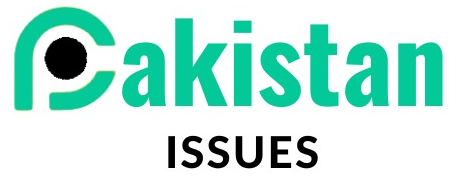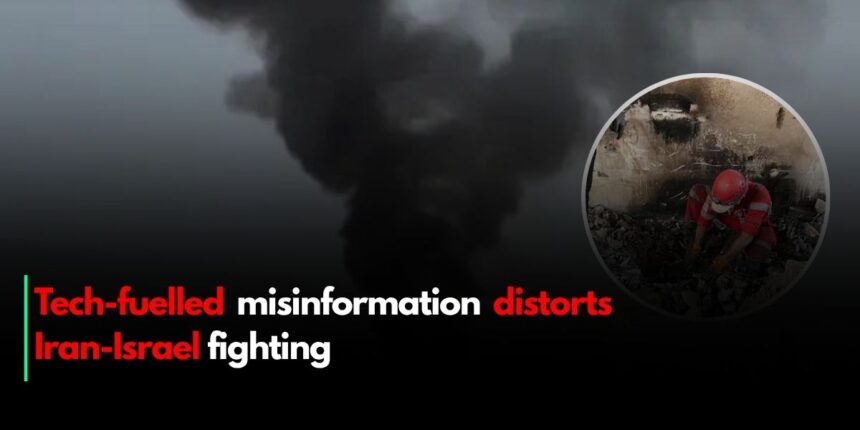The Israel–Iran conflict is not only happening in the air, it is happening online. It is fueled by advanced AI deepfakes, incorrect video-game clips, chatbot-generated news headlines, and mass-deletion of the news, leading to a complex web of disinformation. This internet fog is distorting public perception of the conflicts and steering both sides toward dangerous misunderstandings.
AI Deepfakes and Scenic Deception
During the height of the civil discord involving Israel and Palestine, AI deepfakes, and recycled footage of video games, are both employed to create scenes of destruction, ostensibly from Iran or Israel. Extreme videos depicting some sort of destruction including any collapsed infrastructure or chaos of some sort on the battlefield or whatever else exists. Videos like this will circulate in mass and widely often before a fact-checker can debunk it. The outcome? Even the most informed of viewers could have a hard time seeing reality from fiction in real time.
Chatbots & Phony Alerts
Misinformation isn’t limited to visuals. Both Israeli and Iranian cybercasters have deployed automated text messages and chatbot alerts claiming fake air raids, missile launches, or disasters. In some cases, Iranians abroad heard robotic voices in unexpected calls home, hinting at psychological disruption tactics.
Analyses suggest increased use of “fake emergency alerts” and bot-driven social media campaigns as psychological warfare—designed to incite panic and undermine trust in official channels.
Regional Echoes Impact Pakistan
Even Pakistan has felt the ripple effect. False reports circulated claiming Pakistani officials were siding with Iran or pledging nuclear threats to Israel. These deepfake audios and doctored quotes—misrepresenting Pakistani voices—stirred diplomatic tension at home.
Iran’s Internet Blackout and Control
In reaction to cyber threats and digital disruption, Iran has instituted a near-total internet blackout affecting as much as 97% of its population. The government’s reasoning for this blackout is to stem misinformation, but it also denies citizens credible information about the events unfolding outside its borders—and creates a vacuum, which is quickly replaced with conjecture and state narratives.
The Unified Threat
This misinformation landscape reflects a modern information-age conflict, where:
- State actors experiment with fake videos, manipulated audio, and digitally altered headlines.
- Hacktivists probe infrastructure—like Iran compromising Israeli cameras—while both sides push false narratives.
- Public discourse suffers as reality blurs, and fact-checking struggles to keep pace.
How to Navigate the Fog
Individuals can’t escape the misinformation war—but they can equip themselves:
- Verify sources—check if visuals are geotagged or matched with credible timestamps.
- Cross-reference reporting—reliable outlets and experts often debunk false claims quickly.
- Watch for disclaimers—many platforms now flag AI-generated content.
- Resist fear triggers—stay calm in the face of alarmist alerts and do not spread unverified claims.
Final Word
The battleground today goes beyond guns or missiles; it includes areas of digital deception that can create actual panic, lead to customised policies, and destabilise societies. The Iran–Israel conflict shows how quickly misinformation, brought to life by technology, becomes wartime narratives and highlights the importance of media literacy and verification as a priority.










